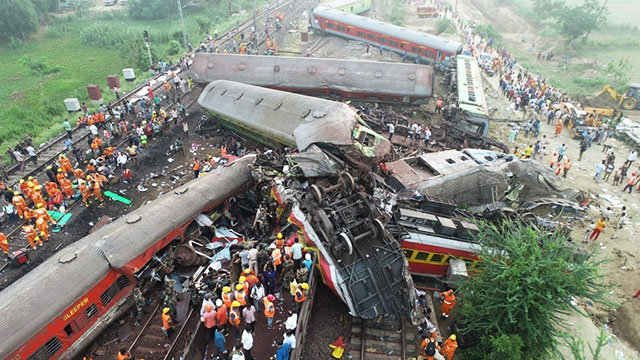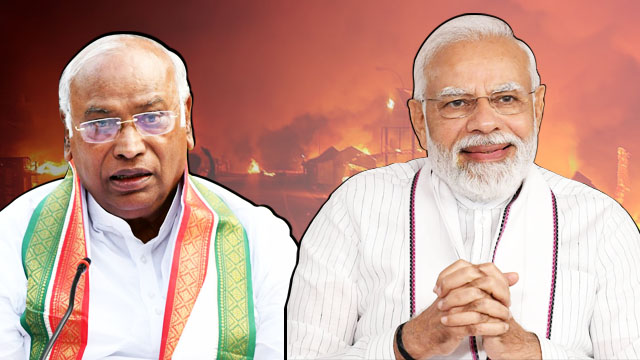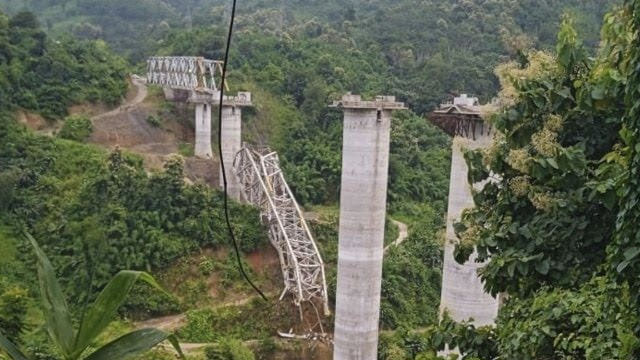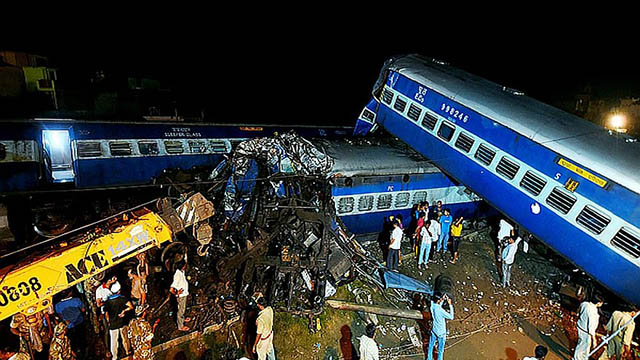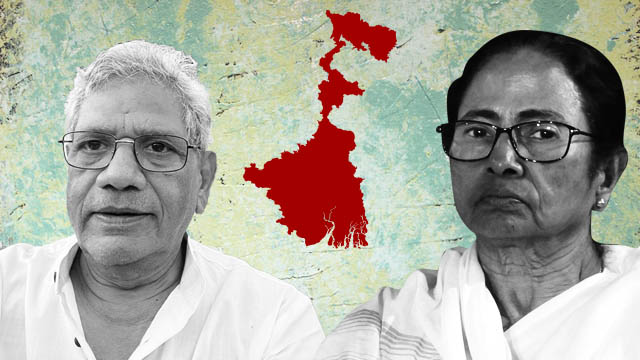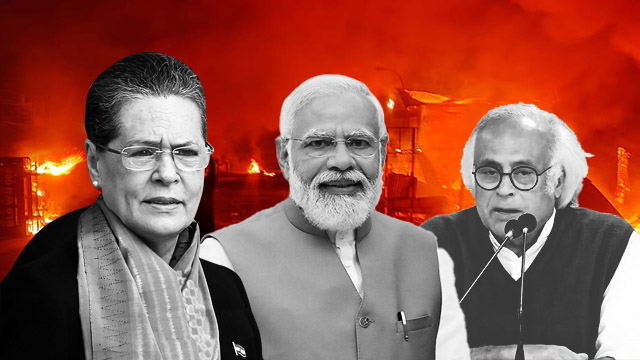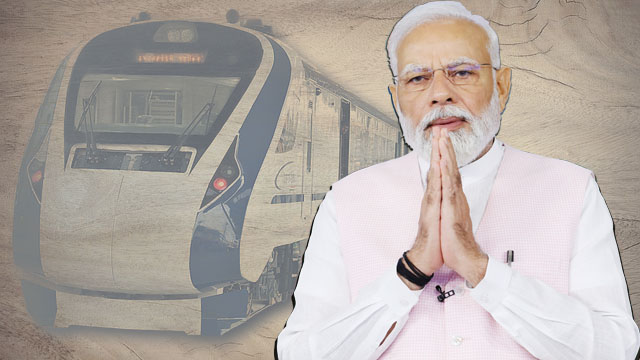The official death toll of Friday’s train accident in Odisha’s Balasore has reached 261, according to Aditya Chaudhary, the Chief Public Relations Officer of South Eastern Railway. Around 900 people have been injured in the accident.
The rescue operations have been completed, and the railway workers are currently carrying out restoration and maintenance work on the affected tracks. Prime Minister Narendra Modi visited the accident spot on Saturday, June 3rd, to take stock of the situation. Earlier he chaired a high-level meeting on the train accident.
Modi visited the injured in the hospital where they are undergoing treatment and commended the efforts of the railway workers, the Odisha government and the common people for the rescue operations. He lauded the efforts of the common citizens who promptly turned out to donate blood.
The prime minister ordered a proper and speedy investigation into the tragedy and to take prompt and stringent action against those who are found guilty. He said that the government stands with the bereaved family members who have lost their loved ones.
Earlier, Railway Minister Ashwini Vaishnaw had announced a Rs 1m ex-gratia compensation for those who were killed in the accident, Rs 200,000 for those seriously injured and Rs 50,000 for those with minor injuries.
The South Eastern Railway ran a MEMU train from Howrah to Balasore, which left the source station at 4pm on Saturday, to carry the family members of the dead and the injured.
On Friday, June 2nd, the up Shalimar-Chennai Coromandel Express collided with two derailed coaches of the Yashwantpur-Howrah Superfast Express near Bahanaga Bazar railway station in the Bhadrak section of the South Eastern Railway.
The South Eastern Railway has been investigating the cause of the train accident. It’s reported that two bogies of the down Yashwantpur-Howrah Superfast Express got derailed near Bahanaga Bazar railway station. The derailed bogies skidded to the up track, on which the Coromandel Express was coming.
After hitting the derailed bogies of the Yashwantpur-Howrah Superfast Express, the Coromandel Express turned turtle and its WAP-7 locomotive was thrown atop a freight train on the next track. The reason behind the derailing of the Yashwantpur-Howrah Superfast Express isn’t known yet.
Vaishnaw has been trolled on social media over India’s indigenous Automatic Train Protection (ATP) System ‘Kavach’, which he has been promoting. However, the route where the accident took place isn’t covered under the trial phase of the ‘Kavach’ ATP system. The system is only functional on a 1,098 km route under the South Central Railway.
Whether the Yashwantpur-Howrah Superfast Express derailed for overspeeding or due to any track issue isn’t known until now. The LHB coaches, which the Indian Railway has introduced in most long-distance superfast trains, don’t turn upside down when they get derailed but skid. This resulted in the derailed coaches coming up on the up track on which the Coromandel Express was running. The incident posed a major question regarding the effectiveness of the LHB coaches, as its unique strength is seen as a cause of the major accident.
There is no information on whether the loco pilot of the Yashwantpur-Howrah Superfast Express warned the nearest railway signal room regarding the derailment immediately after the incident. It’s yet not known how much time the loco pilot and guard of the Yashwantpur-Howrah Superfast Express had to take the steps to warn the loco pilot of the Coromandel Express by using detonators and flashlight according to the Indian Railways manual.
Over 312,000 railway posts remain vacant as the public carrier has been slow in hiring for years. The Modi government has not taken any steps to fill these positions, mostly in Northern Railway and Central Railway. It’s alleged that most of these positions are safety and security-related, which poses a question regarding the Union government’s concern over passenger safety in the Indian Railways.
In the meantime, most trains on the Kharagpur Division of the South Eastern Railway either are cancelled or are diverted through Tata Nagar.

